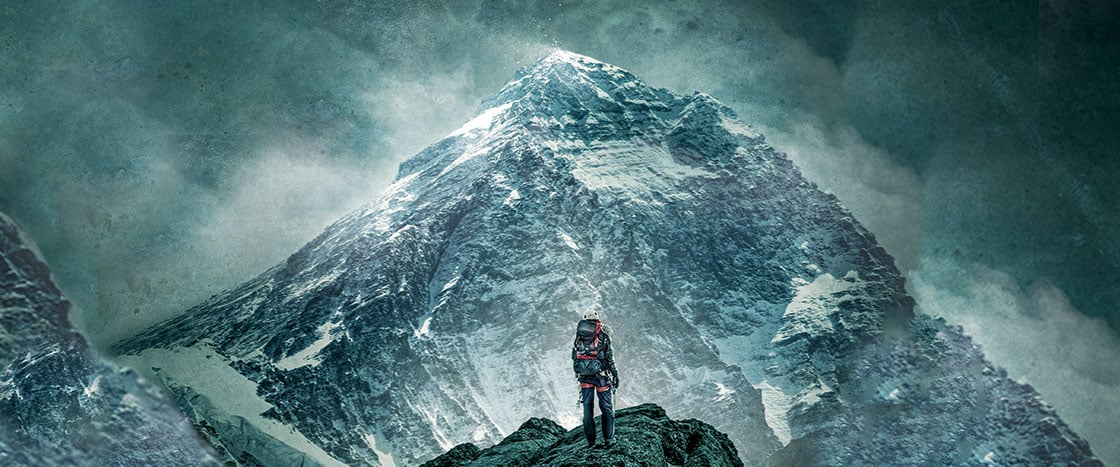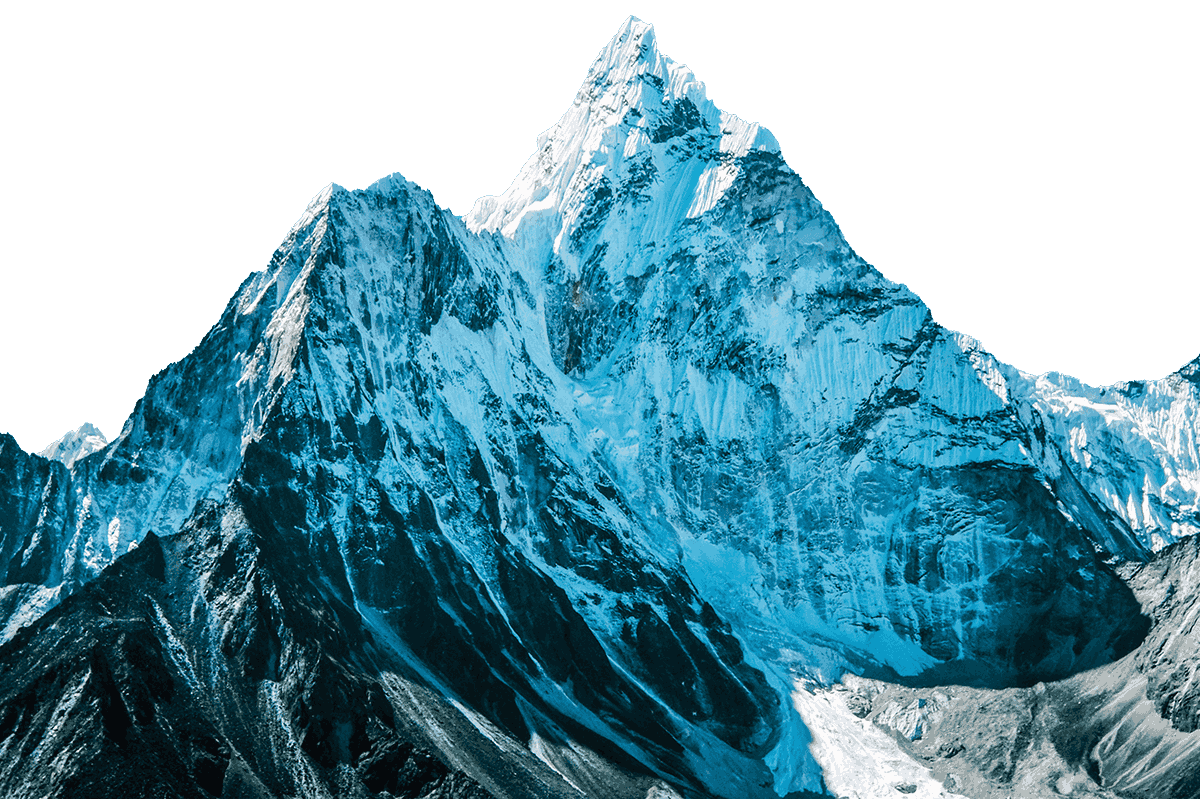Prakash Mathema/AFP/Getty Images
Poorna in Kathmandu, Nepal, 2014
Thirteen-year-old Poorna Malavath was climbing to the top of the world: the summit of Mount Everest. Towering more than 29,000 feet above sea level, Everest is the tallest mountain on Earth. If Poorna made it, she would be the youngest girl ever to reach the top.
But first, she would have to make it through the Death Zone.
The Death Zone begins at 26,000 feet. It’s so named because no human can live long at that altitude. The air is so thin, there isn’t enough oxygen to breathe. The brain gets foggy. The body starts to slowly die.
On May 24, 2014, Poorna began her trek through the Death Zone. She and her team of fellow climbers trudged single file along a narrow, wind-battered ridge. Poorna’s muscles ached. She felt dizzy. The bitter cold seemed to seep through her gloves and clothing. Every step took enormous effort.
She wanted to stop and rest. But on Everest, stopping can mean the difference between living and dying.
“Keep going,” she told herself. “Just keep going.”
Poorna Malavath, 13, was climbing to the top of the world: the summit of Mount Everest. Everest towers more than 29,000 feet above sea level. It's the tallest mountain on Earth. If Poorna made it, she would be the youngest girl ever to reach the top.
But first, she would have to make it through the Death Zone.
The Death Zone begins at 26,000 feet. It got its name because no human can live long at that altitude. The air is so thin, there isn’t enough oxygen to breathe. The brain gets foggy. The body starts to slowly die.
On May 24, 2014, Poorna began her trek through the Death Zone. She and her team of fellow climbers trudged along a narrow, wind-battered ridge. Her muscles ached. She felt dizzy. The bitter cold seemed to seep through her clothes. Every step was a struggle.
Poorna wanted to stop and rest. But on Everest, stopping can mean the difference between living and dying.
“Keep going,” she told herself. “Just keep going.”


